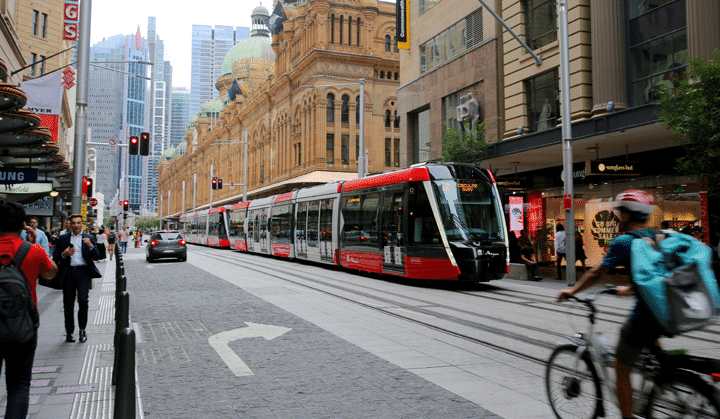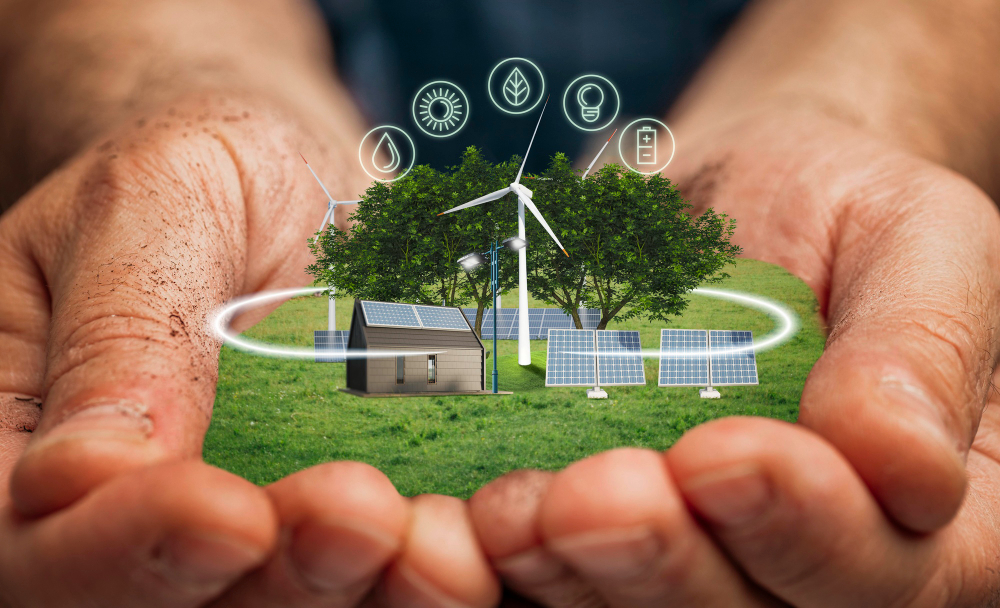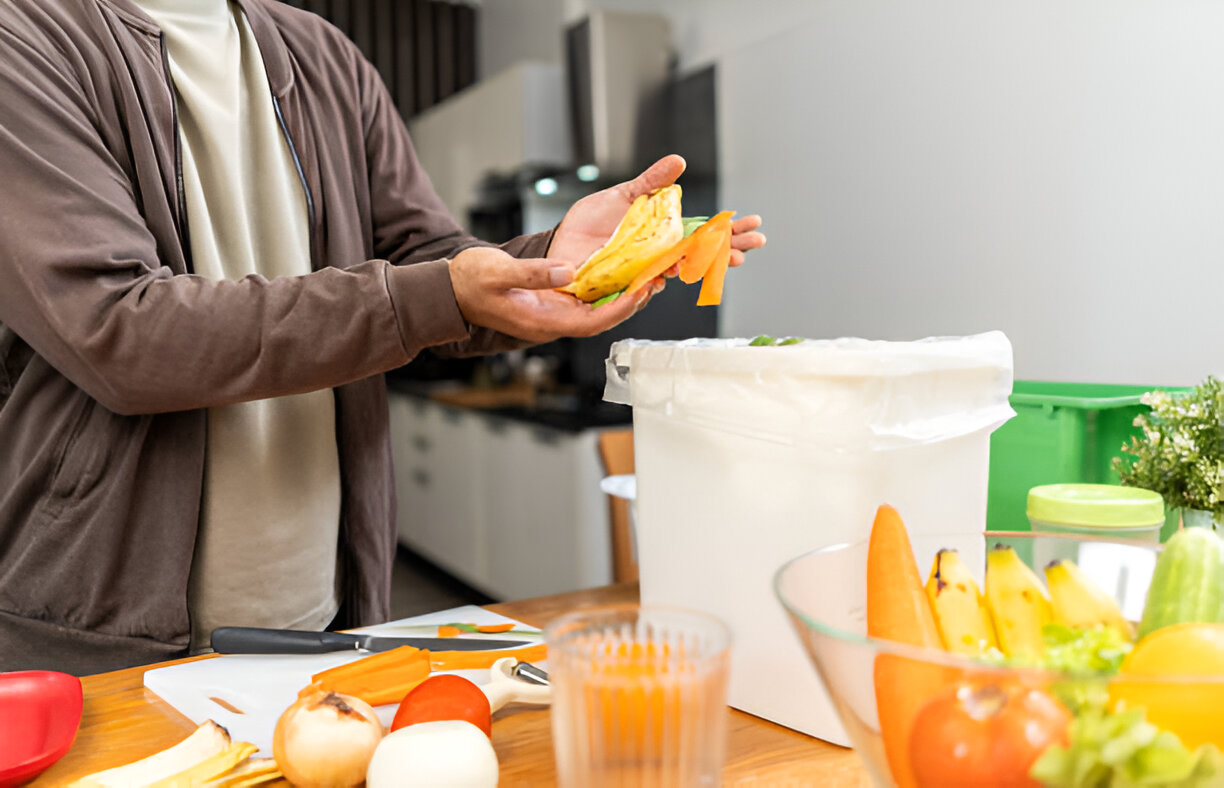Today, there has never been a more pressing need to take environmental action. The world is experiencing more stress due to the expanding consequences of pollution and overconsumption as well as the intensifying effects of global warming and air pollution. These global issues are now everyday occurrences rather than hypothetical worries. Therefore, going green is one of the main solutions.
Adopting a sustainable lifestyle is therefore essential, not just a trend. By adopting more intelligent and environmentally friendly lifestyle choices, each person can make a difference. We contribute to creating a more habitable future for future generations by cutting back on waste, conserving energy, and encouraging environmentally friendly behaviors.
Energy Efficiency

Making better decisions at home is the key to energy efficiency in 2025. Significant financial and environmental benefits can result from even little improvements. By adopting energy conservation practices, people can enjoy long-term savings and drastically lower their carbon impact by concentrating on their everyday energy use.
Electricity consumption can be significantly reduced by switching to energy-efficient appliances, such as washing machines, refrigerators, solar panels, and lights. These modern electronic products are made to consume less energy without sacrificing functionality, which reduces utility costs and eases the burden on the environment. Using smart thermostats, meanwhile, provides even more efficiency. By modifying heating and cooling according to usage patterns, these gadgets assist homeowners in maintaining comfort levels while preserving energy. Additionally, incorporating renewable energy sources like solar panels can complement these energy-efficient appliances, providing a sustainable energy source and further reducing utility costs. By 2025, these modifications signify a dedication to a more environmentally friendly future in addition to convenience.
Reducing Food Waste

Reducing waste is a mentality, not just a habit. We need to change our disposable culture as landfills overflow and the oceans flood with trash. In addition to promoting a better, more sustainable lifestyle, a more deliberate approach to consuming can assist lessen environmental harm. The fast fashion industry, for example, contributes significantly to textile waste, generating massive amounts of discarded clothing that have long-term environmental impacts.
Composting organic waste is among the most straightforward ways to get started. Instead of throwing away yard waste and food scraps, people can turn them into nutrient-rich compost. In addition to lowering the quantity of waste dumped in landfills, this procedure improves the quality of soil for plants and gardens. Anyone with outdoor space or access to a composting program can benefit from converting waste into a natural resource in addition to being environmentally conscious.
Cutting back on single-use plastics is another significant improvement. Straws, cutlery, bags, and bottles are among the items that frequently wind up in rivers, endangering marine life and contaminating ecosystems. Reusable alternatives, such metal straws, cloth bags, or refillable containers, can significantly reduce the amount of plastic waste generated. Choosing products with minimal packaging can also help reduce packaging waste. Significant environmental benefits result from minor changes in daily routines.
Being mindful of what we eat and throw away is ultimately what waste reduction is all about. People can help create a more circular economy by reconsidering their purchases, adopting reusable items, and properly recycling. Awareness is the first step toward sustainability, and by 2025, every attempt to reduce, reuse, and recycle will have a significant impact.
Sustainable Transportation

Sustainable transportation will be changing how we navigate our towns and cities. A growing number of people are looking at low-impact alternatives to driving a private vehicle due to rising fuel prices and the undeniable environmental impact of vehicle emissions. These substitutes promote healthier, more connected lifestyles while simultaneously benefiting the environment. Sustainable commuting options like biking and public transportation can significantly reduce pollution and promote energy-saving practices.
Using bicycles and public transportation is one of the best tactics. The efficient movement of large numbers of people via buses, trains, and subways reduces greenhouse gas emissions per person. Cycling, on the other hand, provides a zero-emission alternative that enhances physical health. Selecting these modes of transportation improves air quality, eases traffic, and promotes individual health—a win-win situation. Additionally, choosing direct flights can minimize the environmental impact of air travel by reducing carbon emissions associated with multiple takeoffs and landings.
Initiatives to encourage carpooling are another useful remedy. By reducing the number of vehicles on the road, sharing rides with neighbors, friends, or coworkers helps to reduce pollution and traffic. With the help of apps and neighborhood initiatives, carpooling has never been simpler, transforming daily trips into chances for both financial savings and social interaction. Because of this group approach to transportation, sustainability is a shared duty.
Making thoughtful decisions is all that is needed to adopt greener travel practices; drastic changes are not. Whether it’s taking the bus, riding a bike, or sharing a ride, every step away from driving alone has a significant impact.
Eco-Friendly Shopping

Every purchase conveys a message, and consumers today have the potential to use their money to support sustainability. People may protect the environment and encourage moral business practices by choosing carefully what they purchase and where it originates from.
Supporting local and eco-friendly brands is a significant first step. In addition to boosting the local economy, purchasing from local companies greatly reduces emissions associated with shipping. These companies frequently place a high value on low-waste production methods, ethical labor, and environmentally friendly products. Selecting them demonstrates your support for companies that take care of the environment and people.
Selecting goods with little or no packaging is another powerful habit. A lot of things are excessively wrapped in plastic and other superfluous materials, which eventually wind up in landfills. Choosing products that come in recyclable or biodegradable packaging, or even better, no packaging at all, will help reduce waste. For instance, using a reusable shopping bag can significantly cut down on single-use plastic waste. This modest choice promotes a larger movement toward more thoughtful consumption.
Mindful purchasing is a significant form of activism in a world where convenience culture is pervasive. Every environmentally conscious purchase contributes to a future that is more sustainable. Customers can drive the movement toward cleaner living and greener markets by making informed decisions. Avoiding plastic packaging and opting for sustainable alternatives can reduce environmental harm and support a healthier planet.
Related Article>> Behind the Label: What Makes a Fashion Brand Truly Sustainable?
Sustainable Food Choices

Making sustainable food choices is a powerful way to reduce your environmental impact. Opting for locally grown food not only supports local farmers but also reduces the carbon emissions associated with transporting food over long distances. Additionally, reducing meat and dairy consumption can significantly lower your carbon footprint, as livestock farming is a major contributor to greenhouse gas emissions. By making these conscious choices, you can promote a healthier environment and contribute to a more sustainable food system. Every meal is an opportunity to make a positive impact, so consider the environmental footprint of your food choices and strive to make more sustainable decisions.
Community Involvement

Individual acts are important, but group efforts can bring about long-lasting change. Environmental organizations can facilitate community involvement in sustainability initiatives, empowering individuals to make a significant impact. People can help their communities and the environment by getting involved in local initiatives. Simple: act locally, think globally.
Participating in local environmental projects is among the best methods to make a difference. These could be recycling efforts, tree-planting ceremonies, clean-up drives, or conservation initiatives. These kinds of initiatives produce observable outcomes, increase environmental consciousness, and motivate others to participate. When numerous modest actions are multiplied, meaningful progress is achieved.
Participation in the community promotes a feeling of purpose and connection in addition to its effects on the environment. It unites neighbors in the pursuit of a common goal: protecting the environment for coming generations. Sustainability transforms from a personal preference to a shared ideal.
Whether you’re planning a sustainability expo or volunteering at a nearby park, your efforts count. The foundation of global change in 2025 will be local initiatives, demonstrating that cooperation is the most effective way to create a greener planet.
Conclusion
One easy step is all it takes to start living a greener lifestyle. Every action counts, whether it’s riding a bike to work, cutting less on plastic, or switching to energy-efficient equipment. A significant change may be sparked in your house, community, and the environment by implementing even a handful of these behaviors. Keep in mind that change takes time, start small, and be consistent. Progress, not perfection, is what counts. We are all one step closer to a sustainable future with each thoughtful decision you make today.
Join the campaign for a more environmentally friendly 2025. Your voice, your actions, and your dedication are needed by the earth.




















